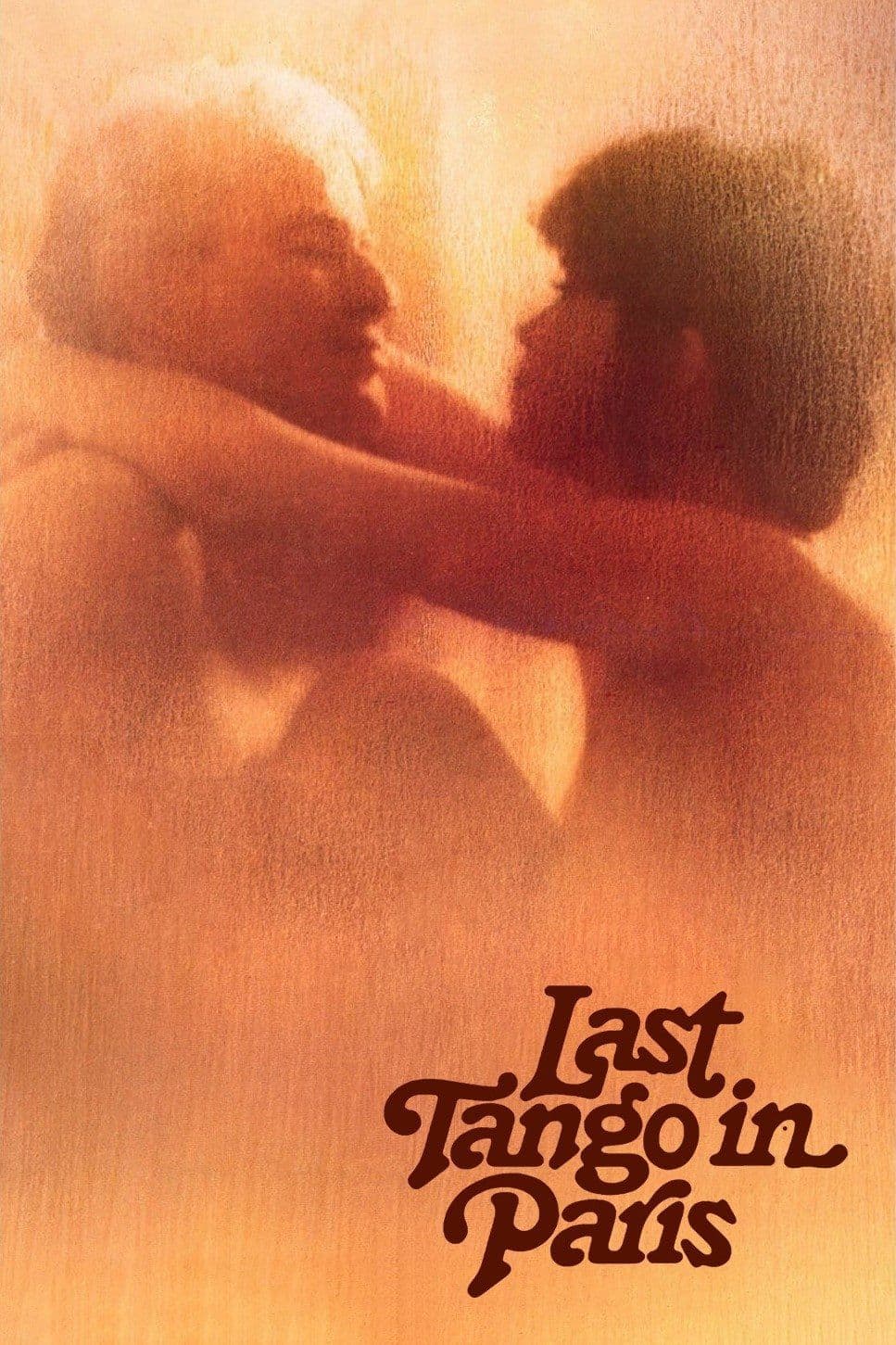
Last Tango in Paris
1972
Rate this movie
Average: 4.00 / 5
(1 votes)
Director
A destructive and destroyed film – one could summarize the genesis of “Last Tango in Paris” with this wordplay.
“Destructive” because it broke many conventions of a certain type of cinematography, daring to show a pulsating and raw sensuality, free from all bourgeois constraints. It was not merely about legitimizing a more explicit sexuality, but about revealing human intimacy in its most disarming rawness, beyond romantic idealizations or pornographic vulgarizations. Bertolucci did not merely break taboos; he dissected the anatomy of a relationship born from emptiness, despair, and denial, challenging pre-established morality and the hypocrisy of a bourgeois society that preferred ordinary hypocrisy to emotional chaos. His audacity fit into that vein of 1970s European cinema that, from Pasolini to Fassbinder, explored the darker impulses of the human psyche and social contradictions with a clinical and often merciless gaze, but with an erotic and psychological intensity rarely matched.
“Destroyed” because the film was attacked so violently that it was even seized from theaters and physically destroyed (fortunately, some copies escaped the censor’s fury). The condemnation was not only moral but judicial, culminating in a burning of film reels and the deprivation of civil rights for the director, an act of such repressive fanaticism as to evoke the darkest pages of cultural history. It was a true media and legal lynching, a collective hysteria unleashed by a work that dared to lay bare existential and sexual unease in an Italy still profoundly bigoted, albeit in turmoil due to major social and political changes. This “destruction,” paradoxically, cemented its myth, making it a symbol of artistic resistance against the obtuseness of censorship.
The story is that of Paul (Marlon Brando), who wanders aimlessly in an alienating Paris. He has recently lost his wife and is without purpose, a man adrift, an existential derelict who has landed in a capital that, far from being the romantic idyll of postcards, reveals itself to be a labyrinth of solitude and grey concrete. The encounter with a young woman from a good family, Jeanne (Maria Schneider), will unleash a passion that will cross the boundaries of the pre-established to explore every hidden recess of eroticism and the psyche. The empty apartment, stripped of furniture and identity, becomes their non-place, a primordial arena where the two can strip not only of clothes but also of names, histories, and conventions, in a desperate attempt to reach a naked and unbearable truth. It is a search for authenticity through negation, an experiment on the edge of pain and pleasure, destined to implode.
A memorable scene passed down through generations is the so-called butter scene: Brando is eating cheese while sitting on the floor of an empty house when Maria enters. He asks her for butter which, contrary to what one might think, is not for accompanying the cheese but as a tool to facilitate the girl's sodomization, during which he reminds her how detrimental the concept of family is to a man's freedom. This moment, whose brutality has been the subject of endless discussions and controversies – not least because of accusations made years later by Maria Schneider regarding emotional manipulation during filming – transcends the mere sexual act to become a ritual of de-identification. Paul, with his nihilistic rage and despair, seeks to dismantle the foundations of Jeanne's bourgeois identity, to tear away her veneer of good manners and the hope of a conventional life. It is a frontal assault on the pillars of society, an attempt at purification through annihilation, an affirmation of anarchic freedom that translates into overpowering. It is not eroticism in the common sense, but a painful exploration of the mechanisms of power, submission, and rebellion that can lurk in the deepest intimacy.
Brando’s monumental performance, with his talent (many scenes were improvised and conceived by the actor, making his performance almost an existential happening), creates the film and becomes both its Demiurge and Nemesis. His corpulent figure, his hoarse and cavernous voice, the intensity radiating from every pore, make Paul not a character, but a force of nature, a hurricane of pain and rage that crashes onto the screen. He is the embodiment of the crisis of Western man, disillusioned and prey to a nameless anguish. His ability to fuse improvisation and acting technique, to delve into his own unconscious to bring the most uncomfortable truth to the surface, is here at its peak. Beside him, Maria Schneider, with her rebellious fragility and her unformed beauty, is the necessary counterpart, the symbol of a youth searching for herself in a world that offers few answers, succeeding in conveying the complexity of a girl torn between curiosity and fear, between the desire for freedom and the need for protection.
Bertolucci deserves credit for leaving him free at the center stage and indulging him with a fluid, shadowy, nervous, never redundant camera. Bertolucci’s direction is a work of refined psychological and visual orchestration. His gaze, often voyeuristic but never judgmental, moves sinuously through the claustrophobic spaces of the apartment and the damp streets of a winter Paris, creating an atmosphere of gloomy melancholy and anxious anticipation. The use of colors – cold, desaturated tones that evoke a sense of isolation and desolation – and Gato Barbieri’s melancholic and jazzy soundtrack, become an integral part of the narrative, enhancing the sense of drift and the bitter sweetness of an ephemeral and destructive bond. Bertolucci does not merely observe; he digs, investigating the depths of the human psyche with the precision of a surgeon and the sensibility of a poet, confirming his position among the great masters of modern cinema, capable of uniting Freudian introspection with a visual aesthetic of surprising strength. “Last Tango in Paris” remains an audacious and controversial work, a warning about the fragility of the individual and the violence inherent in the pursuit of absolute freedom.
Genres
Gallery
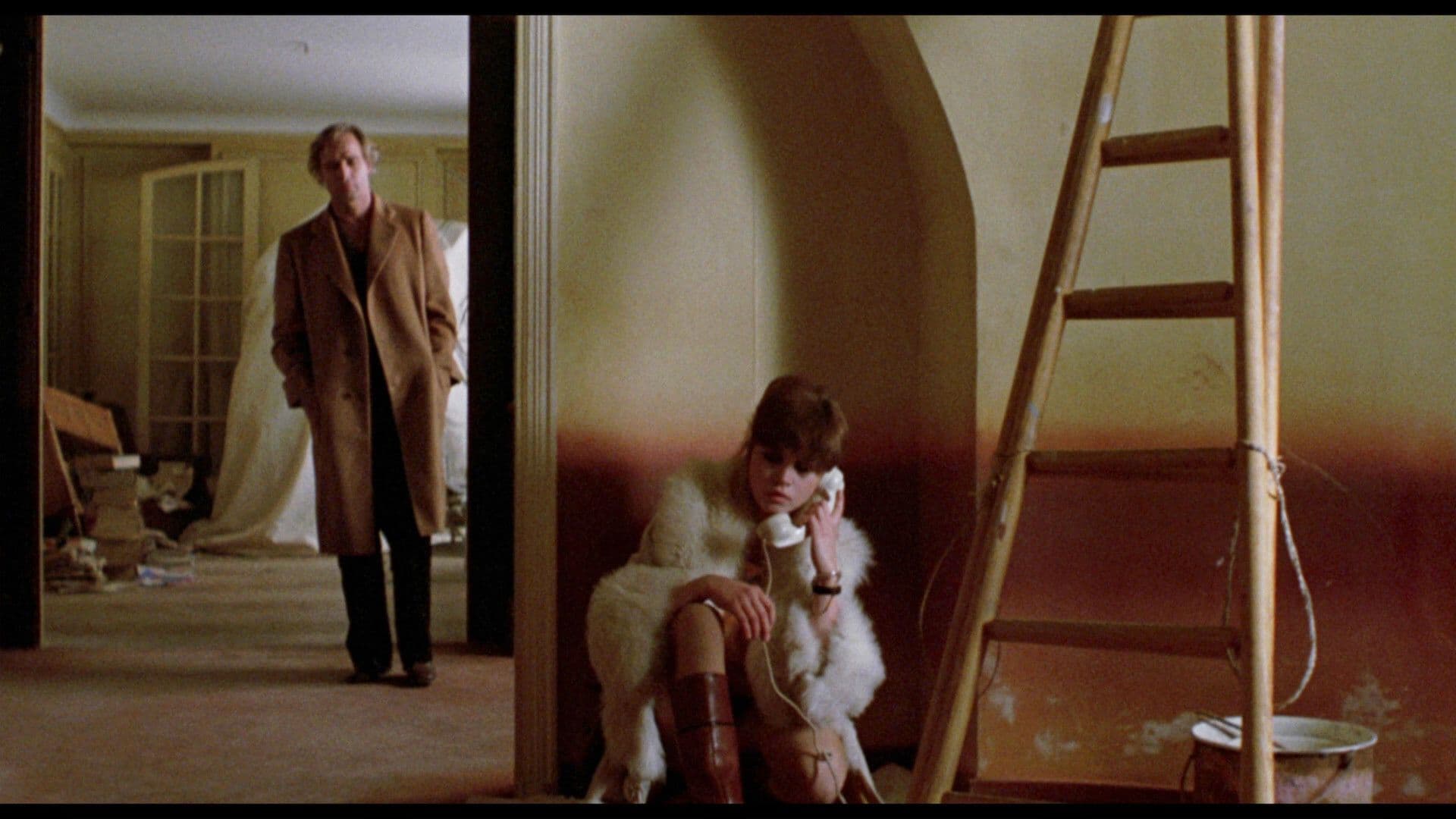

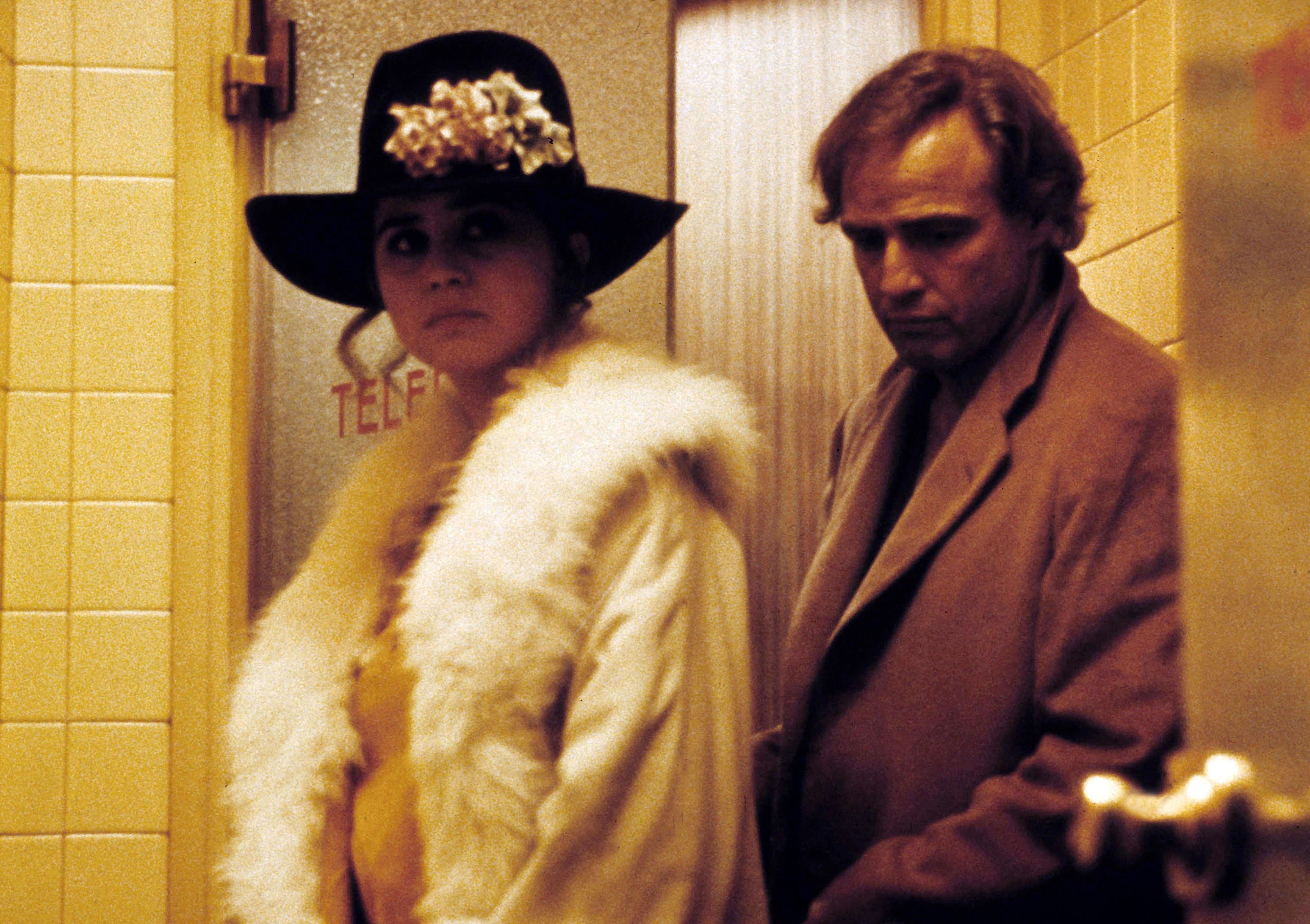
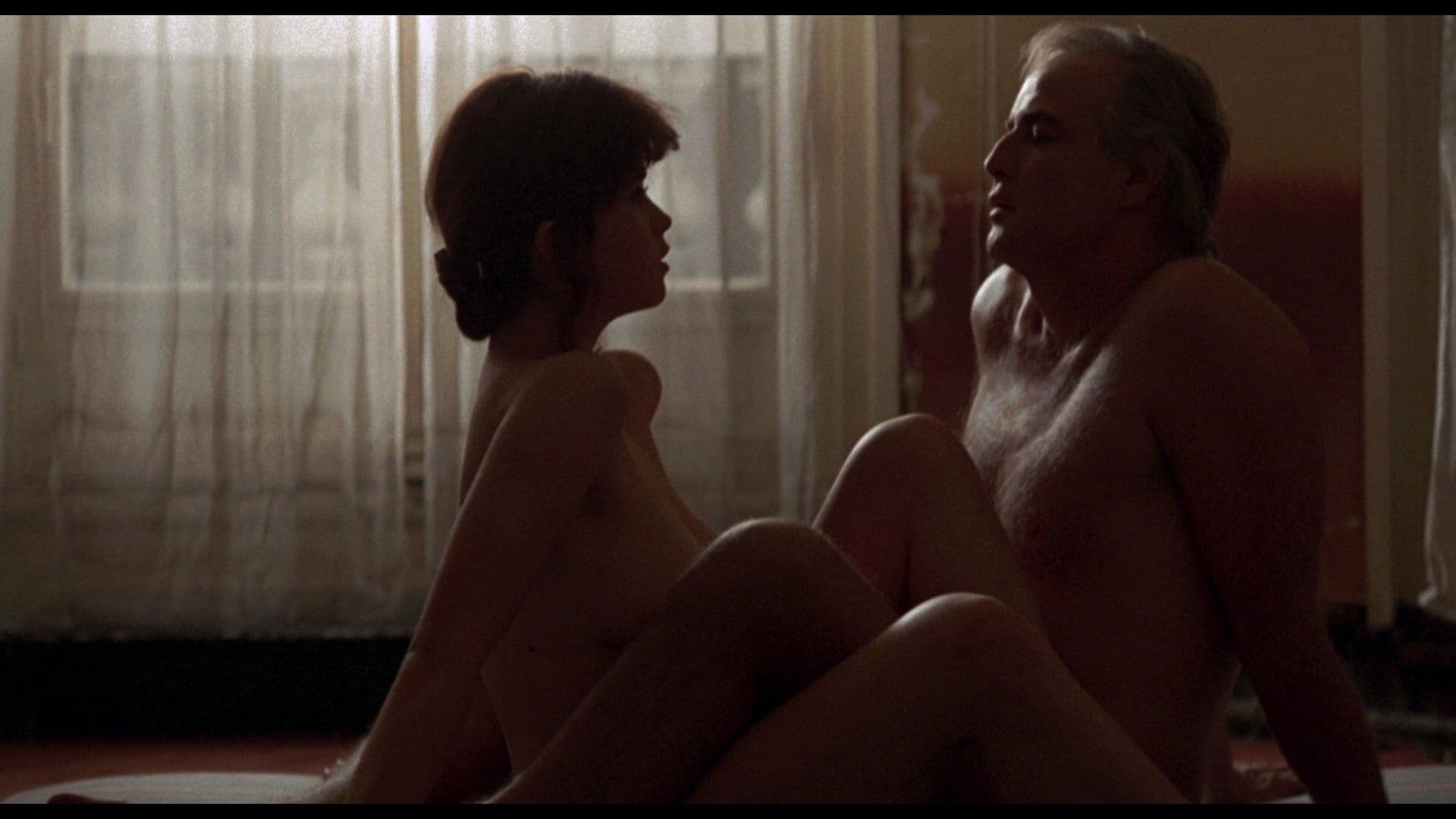

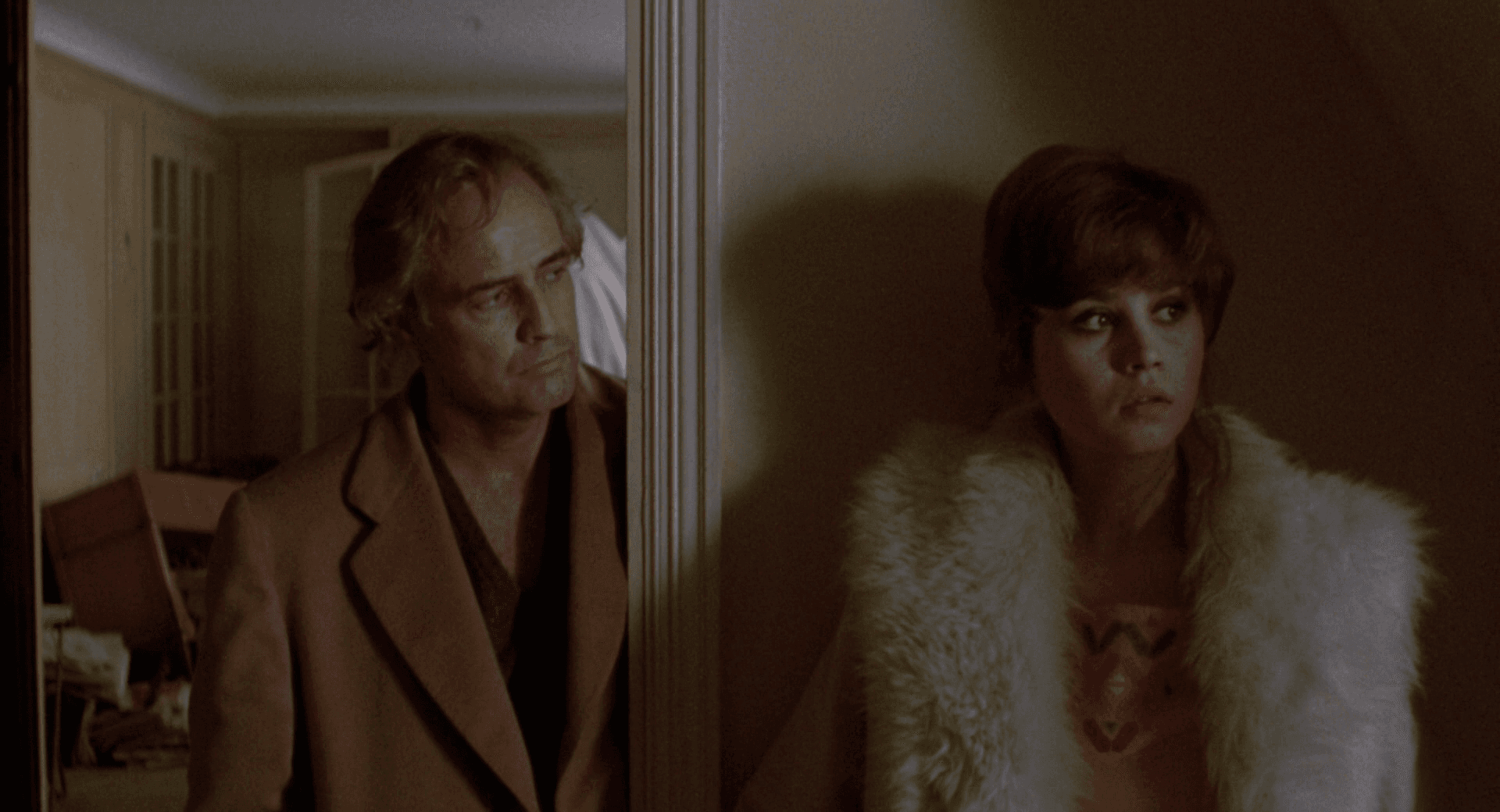
Comments
Loading comments...